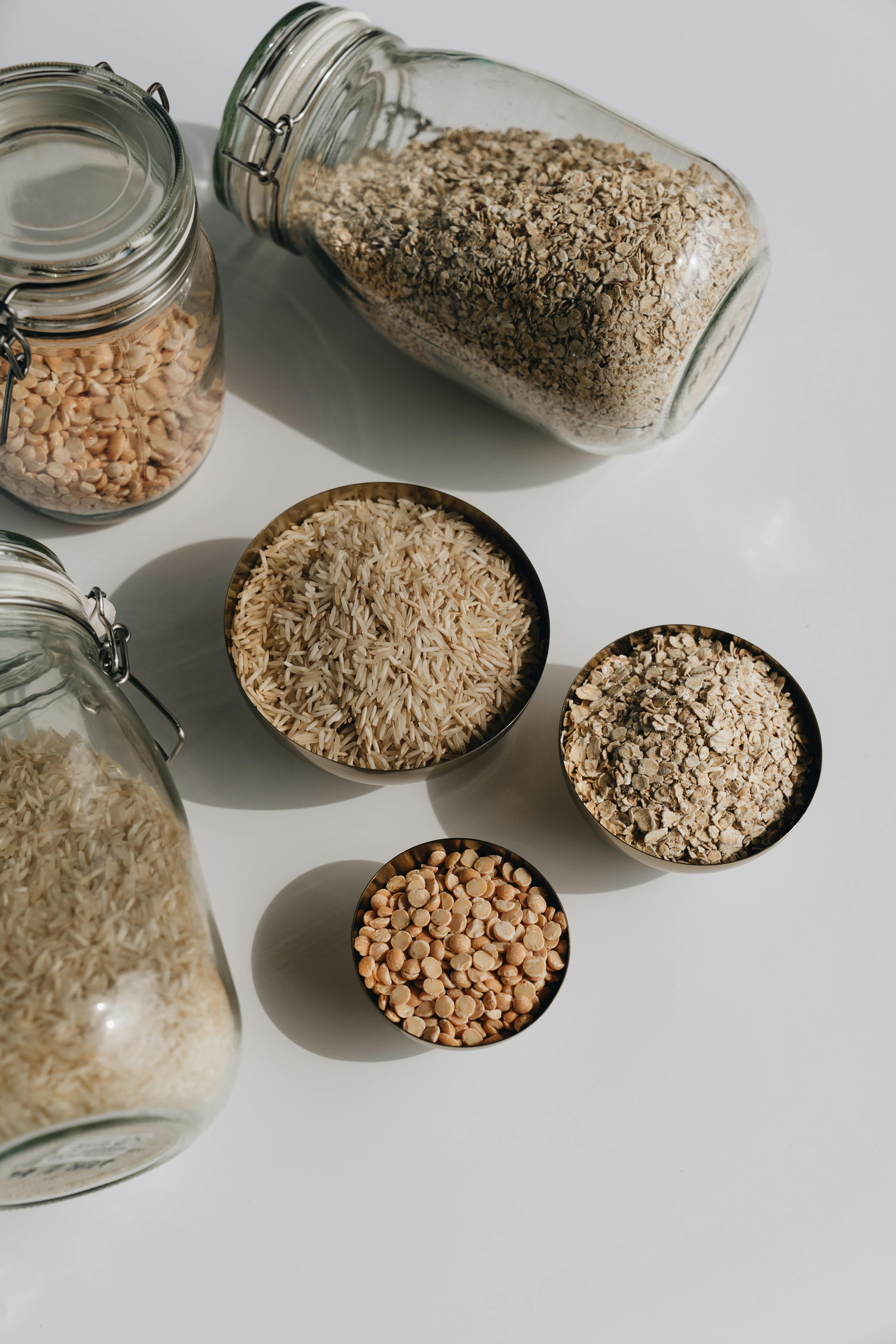Essential Guide to Vestibular Migraine Diet: Improve Wellness in 2025

Essential Guide to Vestibular Migraine Diet: Improve Wellness in 2025
Vestibular migraines, also known as vestibular-type migraines, can be debilitating, causing symptoms such as dizziness, vertigo, and balance issues. The importance of a proper diet in managing vestibular migraines cannot be overstated. With strategic dietary changes, individuals can identify their migraine triggers and work toward alleviating symptoms. In this guide, we will explore the vestibular migraine diet in-depth, provide insights on migraine-friendly foods, and highlight dietary changes that can lead to significant improvements in wellness. Additionally, you will find practical tips for meal planning, food tracking, and recipes that promote brain health and help prevent vestibular migraine occurrences.
Understanding the foods that can either trigger or soothe vestibular migraines is fundamental to managing this condition. This article will break down various food categories, discuss the benefits of hydration, and evaluate the role of dietary supplements in migraine prevention. By following this comprehensive guide, you’ll be equipped to create a personalized migraine diet plan that suits your individual needs.
Key takeaways include understanding vestibular migraine triggers, implementing a migraine prevention diet, and discovering the best foods for vestibular migraine management. Let’s dive into how dietary changes for migraines can improve your overall wellness and quality of life in 2025!
Understanding Vestibular Migraine Symptoms
Building on our introduction, it’s essential to identify and understand the vestibular migraine symptoms that occur. Vestibular migraines are characterized not just by the typical headache but by a range of other symptoms such as dizziness, spinning sensations, and difficulty maintaining balance. These symptoms can significantly hamper daily activities and quality of life.
Common Symptoms of Vestibular Migraines
Individuals suffering from vestibular migraines often experience various symptoms, including:
- Dizziness or vertigo: This may feel like a spinning sensation and can last from minutes to hours.
- Balance issues: Many who experience vestibular migraines report difficulty walking or standing, often feeling unsteady.
- Nausea: Accompanying dizziness, patients may also experience nausea, which can be exacerbated by certain foods.
- Light and sound sensitivity: A common migraine symptom that can worsen during vestibular episodes.
- Visual disturbances: Some individuals report blurry vision or eye floaters during an attack.
Understanding these symptoms is key to tracking their frequency and intensity, which leads to better dietary and lifestyle choices.
Identifying Triggers
One of the first steps in managing vestibular migraines is identifying triggers. While triggers can vary from one person to another, common vestibular migraine triggers include:
- Certain foods and beverages, such as aged cheese, red wine, and processed snacks.
- Environmental factors like bright lights, loud sounds, and strong odors.
- Stress and hormonal changes.
- Lack of sleep or disrupted sleep patterns.
Keeping track of these triggers in a migraine food journal can assist in recognizing patterns and help formulate effective dietary changes for migraines.
The Link Between Diet and Migraine Symptoms
Diet plays a crucial role in managing vestibular migraine symptoms. Certain foods have been identified that could either mitigate or exacerbate symptoms. For example, high-histamine foods might trigger vestibular migraines in sensitive individuals, while hydration has been linked to reducing the frequency of migraine occurrences.
Maintaining a balanced diet with migraine-friendly foods is vital for preventing symptoms. Foods rich in omega-3 fatty acids, magnesium, and high fiber, such as leafy greens, fruits, and whole grains, can provide essential nutrients that support overall brain health.
Best Foods for Vestibular Migraine Management
With a clear understanding of symptoms and triggers, we can shift our focus to the best foods to include in a vestibular migraine diet. Incorporating the right foods can aid in neurological health and help decrease the frequency and severity of migraines.
Hydration and Its Role in Migraine Prevention
Hydration is a cornerstone of effective migraine management. Dehydration can be a significant trigger for migraines, including vestibular types. Aim for at least 8–10 glasses of water a day to maintain proper hydration. Moreover, incorporating hydrating foods such as cucumbers, watermelon, and oranges can also aid in meeting hydration needs.
Magnesium-Rich Foods
Research suggests that magnesium may have a protective effect against migraines. Foods rich in magnesium such as spinach, almonds, avocados, and black beans should be staples in a migraine-friendly diet. Regularly consuming these foods can help in maintaining adequate magnesium levels, thereby reducing the likelihood of migraines.
Low Histamine Options
For individuals sensitive to histamine, sticking to a low histamine diet may provide benefits. This includes foods like fresh meats, certain fruits like apples and pears, and fresh vegetables. Avoiding aged, fermented, or processed products is vital to minimize migraine triggers associated with histamine intolerance.
Creating a Personalized Migraine Diet Plan
To successfully manage vestibular migraine through diet, creating a personalized migraine diet plan is essential. This involves tracking foods that elicit responses in the body and planning meals that include migraine-friendly options.
Meal Planning for Migraine Sufferers
Meal prep can prove beneficial for individuals managing vestibular migraines. By preparing meals in advance, you can ensure you are consuming nutritious foods while also avoiding triggers. Focus on incorporating plenty of vegetables, proteins, and healthy fats into your meals to create balanced options.
Snack Ideas for Vestibular Migraine Control
Having migraine-safe snacks on hand can help prevent the onset of symptoms. Consider snacks such as:
- Fresh fruit (like banana or apples)
- Hummus with carrot or cucumber sticks
- Nuts and seeds, particularly magnesium-rich options
- Homemade energy bars using gluten-free oats and natural ingredients
Cooking Tips for Migraine Diets
Implementing sensible cooking techniques can significantly impact how migraine-friendly meals are prepared. Aim to cook with fresh, whole ingredients. When using herbs and spices, consider those with anti-inflammatory properties like turmeric or ginger.
Supplementing Your Migraine Diet
In addition to dietary changes, supplements may enhance your vestibular migraine management. Consulting with a healthcare provider for personalized recommendations is essential before starting any supplement regimen.
Key Dietary Supplements for Migraine Relief
Several supplements have shown promise in alleviating migraine frequency and severity. These include magnesium supplements, riboflavin,coenzyme Q10, and vitamin D. They can complement a well-planned diet and provide added support for migraine sufferers.
Essential Oils for Migraine Management
Certain essential oils, like peppermint and lavender, can be beneficial when used aromatically or topically. These oils can help in relaxation and may aid in migraine relief, creating a holistic approach alongside dietary management.
Q&A: Common Questions About the Vestibular Migraine Diet
What foods should be avoided to minimize vestibular migraine symptoms?
Avoiding aged cheeses, processed meats, and fermented foods can significantly help manage vestibular migraines. Additionally, stay clear of artificial additives, caffeine, and alcohol.
How can hydration affect migraine occurrences?
Hydration plays a vital role in reducing migraine frequency. Dehydration can cause spasms in the brain's blood vessels, leading to increased likelihood of a migraine. Drink sufficient water and include hydrating foods in your daily intake.
Can dietary supplements offer relief for vestibular migraines?
Yes, dietary supplements such as magnesium, riboflavin, and coenzyme Q10 have been shown to provide relief and prevent vestibular migraines. Consult with a healthcare provider for tailored advice before beginning a supplementation regimen.
Conclusion
Managing vestibular migraines through dietary changes is not only essential but can significantly enhance overall wellness. By recognizing and avoiding triggers and focusing on well-rounded, nutritious foods, individuals can work towards mitigating symptoms and improving quality of life. The steps outlined in this guide provide a solid foundation for developing a personalized migraine diet plan to navigate the complexities of vestibular migraines successfully.

With continued research and integration of effective dietary principles, individuals will find improved strategies for managing vestibular migraines in 2025 and beyond. Embrace the power of nutrition and be mindful of individual body responses to create an informed and supportive dietary journey.
